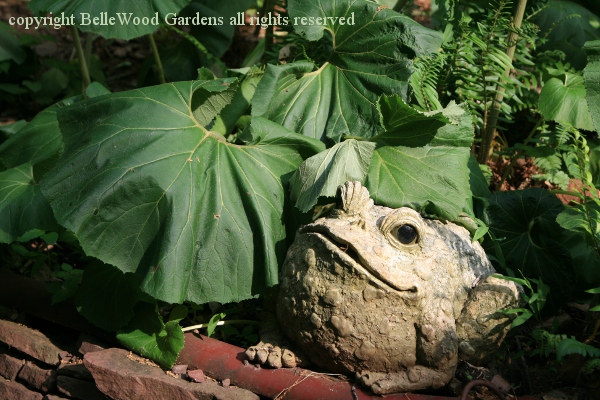
.
If you have any comments, observations, or questions about what you read here, remember you can always Contact Me
All content included on this site such as text, graphics and images is protected by U.S and international copyright law.
The compilation of all content on this site is the exclusive property of the site copyright holder.
If I knew a good rain dance I'd be out there twirling in circles. According to the United States Drought Monitor, updated every Thursday, Hunterdon County is newly categorized as abnormally dry. Normally in May we get about 3.38 inches of rain. This year, we've only had 0.32 inches of rain. That was on on May 16 when it rained 0.30 inches, so we basically got all of our rain on one day. About 91 percent less than normal. April was dry too. We're going into drought, with short-term dryness slowing planting, growth of crops and pastures. And it has been warmer than usual too. Sunny, clear, dry, breezy days just suck moisture out of the plants. They wilt. Worst case, they die.

What's a gardener to do?
There are plants that are drought tolerant and can survive dry conditions. Drought tolerant plants include succulents such as hen and chicks that have moisture-storing leaves. Others, such as baptisia, are deep rooted, accessing moisture below the surface layer of soil. Plants with fuzzy, hairy leaves - lamb's ear for example - are better able to survive a dry spell than plants with large, thin leaves. Wax begonias have leaves with a thick, waxy cuticle, also reducing water loss.
Then there are others that are drought resistant. They can survive up to a point but then become damaged. And familiar garden plants such as coleus quickly wither and die.
We need to apply a system of triage for watering, and do so before restrictions are put into place. I give priority to important plants with long-term interest in the garden. This includes shrubs and young trees, and certain perennials. I'll put off planting new trees and shrubs. Annuals - not many this year. Water is needed for plants that will be here next year. But there are a few that can accept drier conditions.
When possible, water in early evening. This allows moisture time to sink into the soil and benefit the plants before sunshine starts to pull it up and out of both root-to-leaf (transpiration) and from the ground (evaporation.) Drip irrigation is more efficient than sprinklers or pouring water over the ground. Soaker hoses are good for foundation plantings and perennial flower borders. For individual plants - make a couple of small holes in an empty plastic 2-liter soda bottle. Fill with water and set next to the plant. Water will trickle out and drip deeper into the ground where roots can make good use of it. Mulch with shredded leaves or similar fine textured organic material. But only after an initial watering. My goal is to keep moisture in the soil, not cover it with a barrier layer.
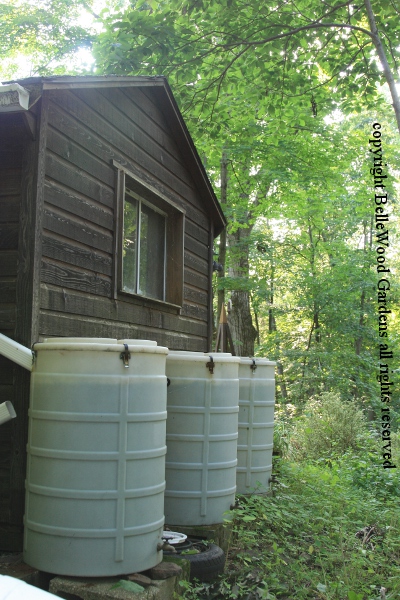
Rain barrels are a great idea but if it is raining enough
to fill the barrels wouldn't the garden be watered too?
As an aside, if you did have a rain barrel hooked up to a down spout, and if it did rain, why then from one inch of rain a 100 square foot roof would deliver 62.5 gallons of water.
How dry is a site? Here's a quick test for soil percolation and water retention. Take a large can, tomato juice size. Cut off both ends. Sink the can about half-way into the ground. Take another can of the same size but only one end removed. Fill with water and quickly pour it into the first can. See how quickly the water drains away. This will give you the infiltration rate. As soon as the water has drained away, repeat with a second can of water. This gives you the retention of the soil. If the infiltration rate is reasonably prompt and the retention is somewhat slow that's good - water can percolate but the soil holds on to it. If both tests are quick you likely have sandy soil that dries out quickly and is also probably low in nutrients. if both tests are slow the soil is likely clay - high in fine particles. It will be slow to warm up in spring, difficult to dig, retains nutrients. The answer for both clay type and sandy soils is organic matter incorporated in generous quantities.
Drought tolerant perennials include Achillea, yarrow; Asclepias tuberosa, Butterfly weed; Baptisia, australis, Rattlebush or False indigo; Echinacea purpurea, Prairie coneflower; Gaillardia xgrandiflora, Blanketflower; Iris germanica, Bearded iris; Opuntia (and yes, this cactus is native to New Jersey); Platycodon grandiflorus, Balloon flower; Pulmonaria saccharata, Lungwort; and Stachys byzantina, lamb's ear.
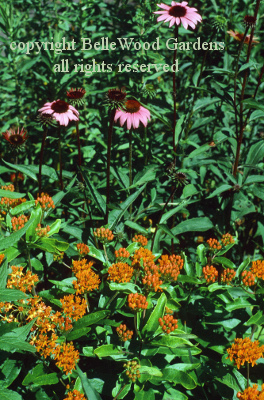 . . .
. . . 
Asclepias tuberosa with Echinacea purpurea / Asclepias tuberosa with Stachys byzantina
Some drought tolerant annuals for summer color include Arctotis stoechadifolia var. grandis, African daisy; Coreopsis tinctoria, Calliopsis; Eschscholtzia californica, California poppy; Euphorbia marginata, Snow-on-the-mountain; Gazania rigens, Gazania; Gomphrenia globosa, Gomphrenia; Limonium species, Sea lavender; Lobularia maritima, Sweet alyssum; Mirabilis jalapa, Four o'clock; Portulaca grandiflora, Rose moss; and Senecio cineraria, Dusty miller.
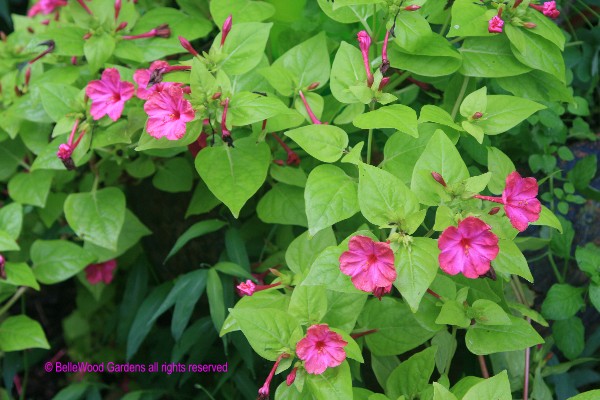
Mirabilis jalapa 'Limelight'
Weather cycles are nothing new. There was a drought in the 1960s followed by wet weather, both unrelated to ocean conditions.
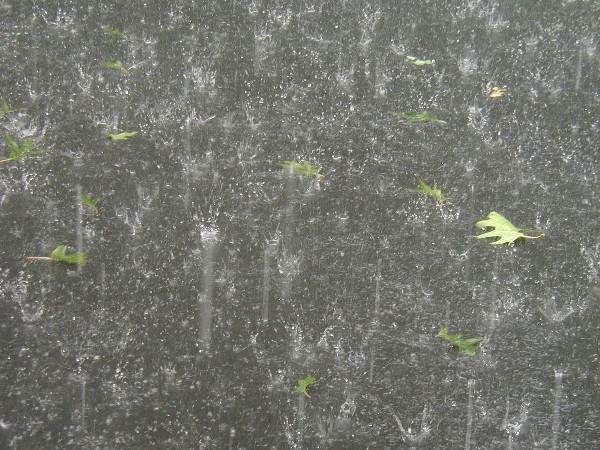
We need pluvial dances, a wonderful word that can be adjective or noun "pertaining to rain," from French pluvial, from Latin pluvialis "pertaining to rain, rainy, rain-bringing." Bring it on.
UPDATE - my web site entry on coping with drought worked better than a rain dance. Sat / Sun night we had .05 inches of rain but that was only the introduction. Sunday evening there was thunder and lightening and heavy rain totaling 1.45 inches. Cell phone alerts about flooding. Rain continued overnight and into this morning with an additional 1.9 inches.
That's 3.4 inches in maybe 36 hours.
I guess we're only slightly below normal for the merry month of May. But I certainly think the distribution could be improved.
Back to Top
Back to May 2015